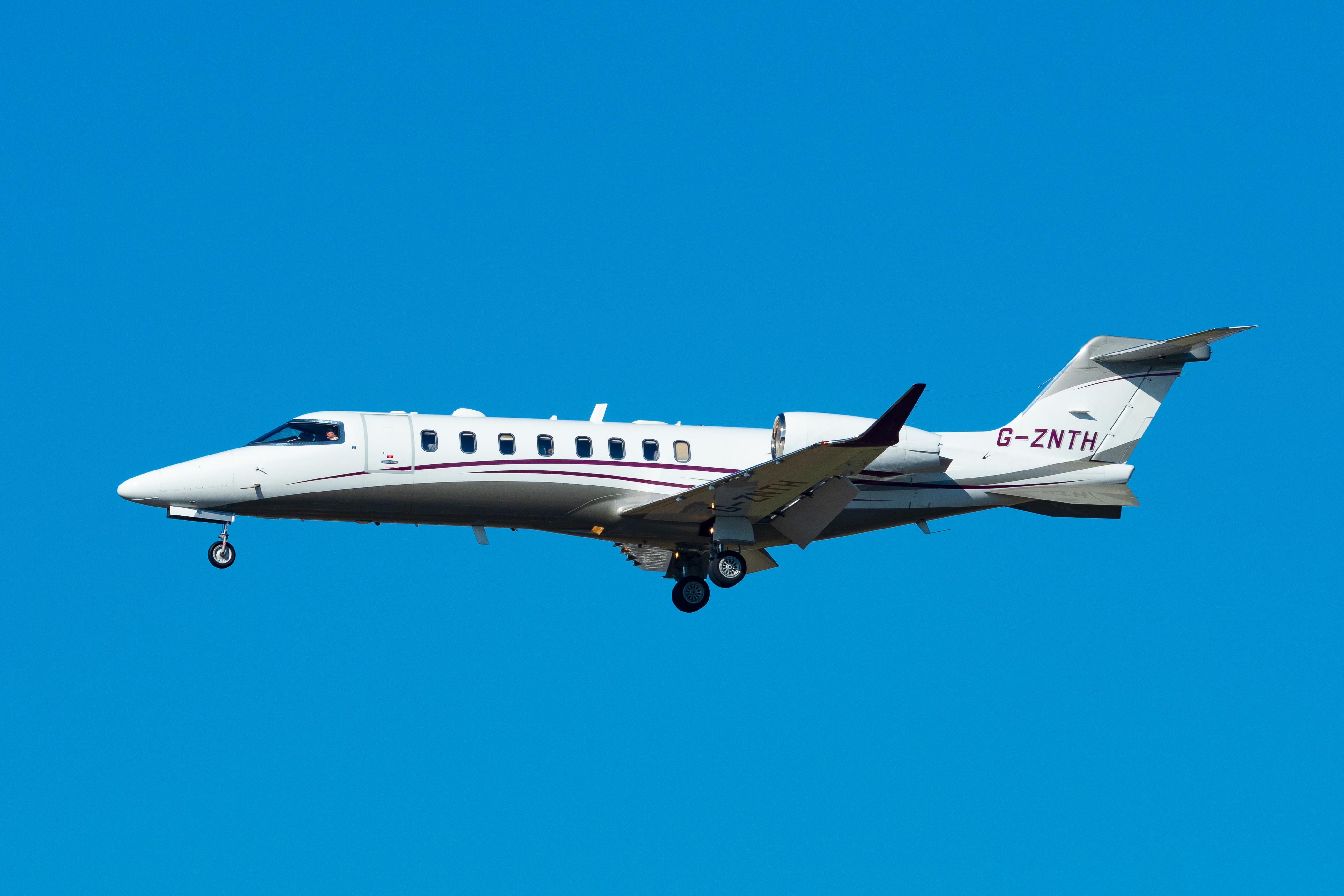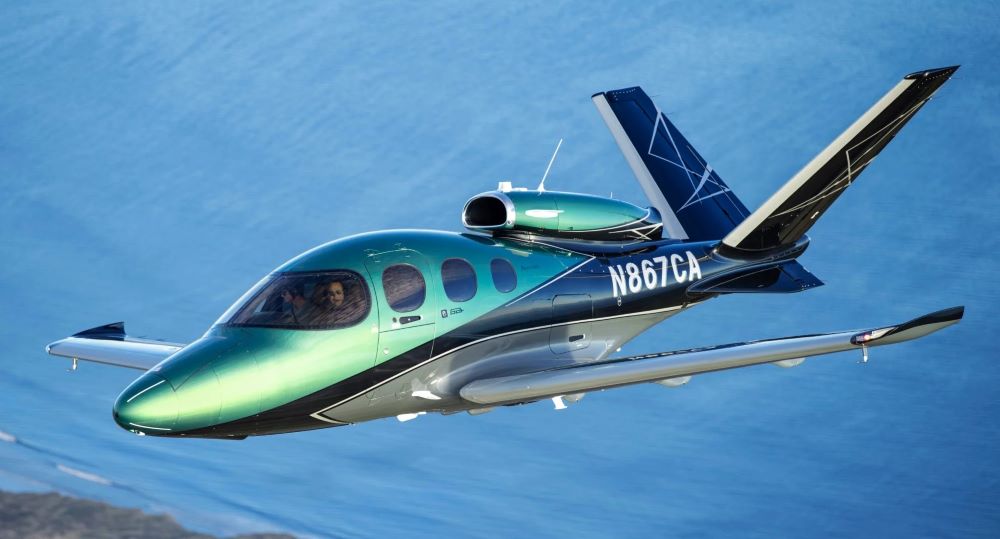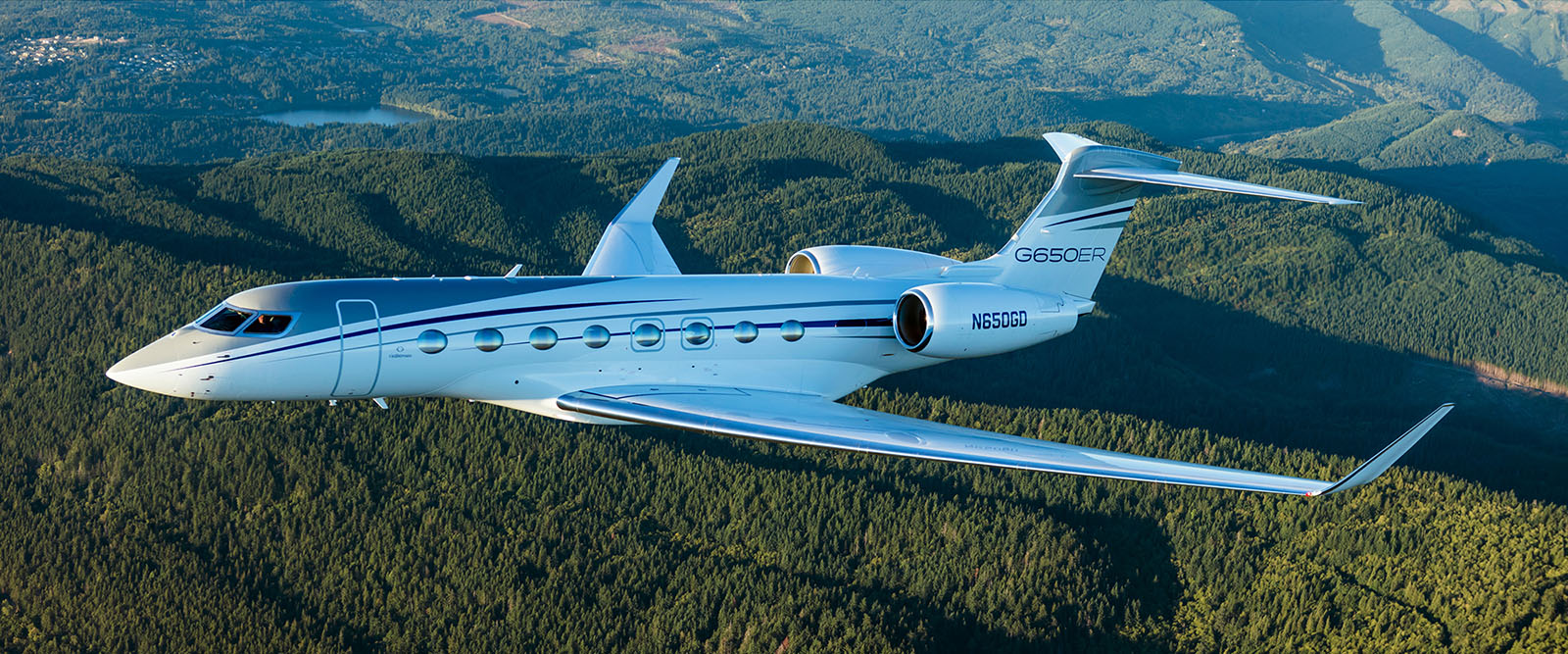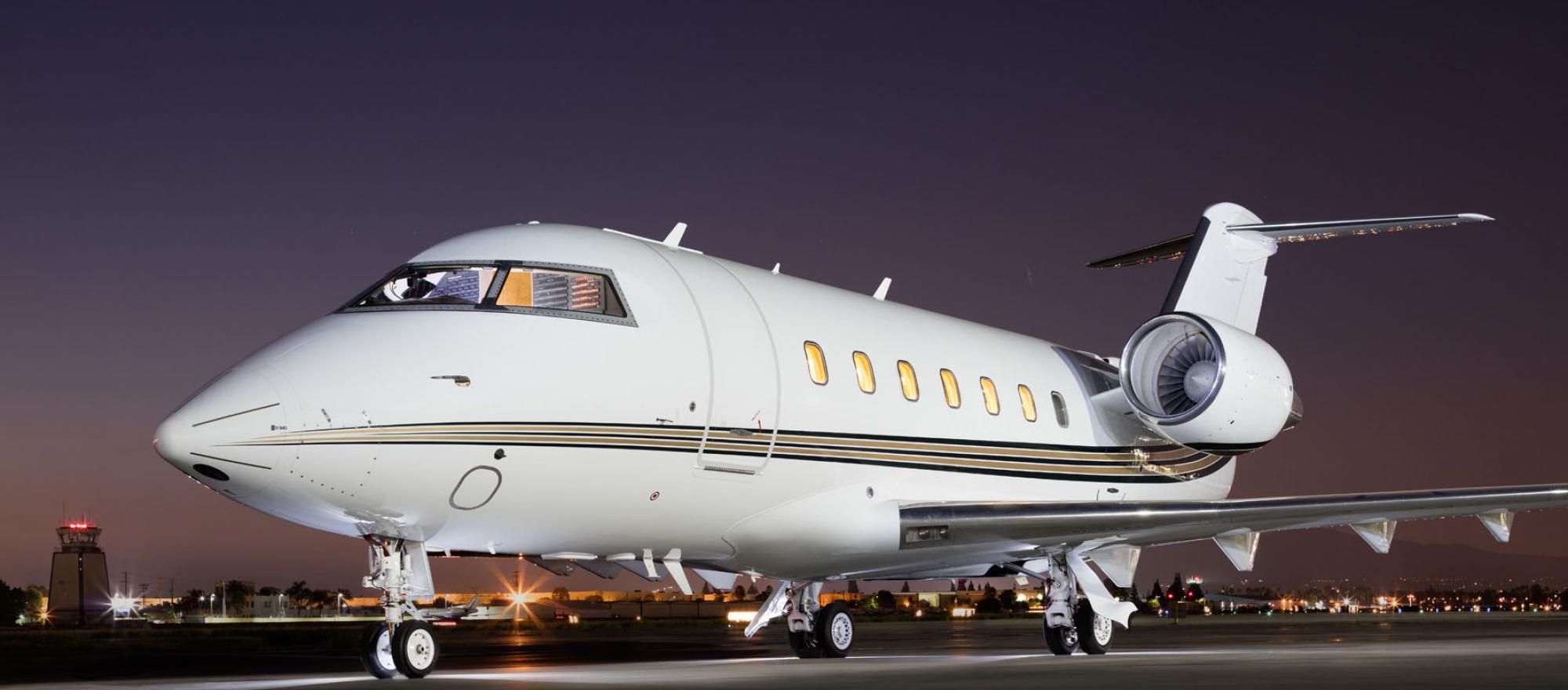Tips for Keeping Your Aircraft in Top Shape
4 min read

If you want to keep your precious aircraft flying over the skies for long and avoid breakdowns, maintenance is essential.
But when it comes to yearly checks, changing parts and choosing a repair shop for your car, where do you begin?
In this handy guide, I am going to show you all that you need in order to maintain your plane or helicopter so it glides through the skies like a silk.
How Much Does It Cost to Maintain an Airplane or Helicopter?
To each their own - let us start with the only currency that matters. Well, as any pilot will tell you, flying an aircraft comes at a price. That accounts primarily for maintenance and repairs. So here are the numbers on how much you can be expected annually to spend maintaining different classes of personal aircraft:
Airplanes:
- Small single engine plane - $5,000 to $10,000
- Fancier twin engine plane - $10,000 to $20,000
- High performance turboprop - $20,000 to $35,000
- Big honkin' jet - $50,000 to $100,000+
Choppers:
- Piston helicopter - $20,000 to $50,000
- Turbine helicopter - $75,000 to $150,000
Naturally, costs mount more quickly for an older aircraft or a sophisticated luxury model. However, if you continue with routine fixes and inspections, then some of those nasty surprise bills will be avoided in the future.
Consider yourself warned!
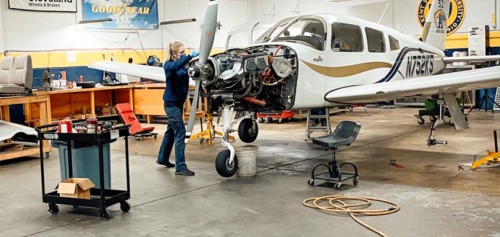
Tips to Avoid Going Broke on Aircraft Maintenance
But just because aircraft maintenance can be expensive, doesn't mean you have to break the bank. Try these tricks to keep your costs down:
- Never skimp on recommended inspection intervals!
- Learn some DIYs such as checking your fluids so that you do not have to pay the shop
- Member of a club for group discounts on parts/repair work
- Establish a relationship with one reliable repair center
- Between local maintenance facilities, compare rates
- Purchase spare parts online in bulk to get maximum prices
What Should You Expect from a World-Class Maintenance Shop?
Now, you realize maintaining an airplane does come expensively.
So how do you choose a repair facility that provides quality, but isn't ransacking your wallet? Here are some of the signs that smart pilots watch for:
Demonstrated experience on your type of aircraft You want ace mechanics who knows your plane make and model like the back of their hand– and are not rookies practicing on your baby! Repairs are done right by skilled technicians.
Refined track record and reputation for safety Get recommendations for shops from other pilots. Seek out places that are clean, have not had any accidents or violations, and prioritize safety. Poor fast, high-class repairs to planes could be dire.
Fair and reasonable rates We are not saying an aircraft shop should be a rock-bottom bargain — there is too much technical expertise involved for that. However pricing should be competitive, not a gouge. Always compare rates.
Onsite hangar storage availability If your plane needs maintenance, instead of you ferrying your plane out to have work done with the associated costs (ferry fees) it can be at a shop with hangars and they can easily get to you. Major convenience perk!
Quick turnaround times A quality shop will be on schedule and avoid unneeded hang-ups that keep your plane off the runway for weeks.
Do your homework to find a shop that ticks all the boxes — you and your aircraft will thank yourself for having withstood the legwork now!

What to Expect During Your Annual Inspection
Every pilot dreads the obligatory annual inspection — it keeps you on the ground and is as exciting as oral filings. However, annuals are fundamental to maintaining your book along to fly. Here's what goes down:
- Airframe inspection with nose-to-tail examination of every component including the engine, avionics, or gyroplane-packing Van's other homebuilt parts as a bonus for your RV flying experience.
- Oiling, fluid changes, corrosion checks - a freshen-up of the full systems
- Extensive testing of major components such as valves, brakes, pressurization, landing gear and the like.
- Replacement of components such as hoses, batteries, alternators, etc. that may wear out
- From checking engine compression to swapping out spark plugs, ignition tests — the works!
- These include operational verifications such as engine run-ups, flight controls checks, and avionics
- Test flight to make sure all is in top shape for the sign off
Well, annuals are a whole-month-around maintenance sprint from stem to stem. Only they guarantee your aircraft meets tight airworthiness standards — which is pretty important!
Pro tip: Book annuals in your slow season so you don't lose precious flying time to long shop waits.

Smart Questions to Ask When Booking Your Annual
Planning ahead makes things with annuals go much more smoothly Before booking ask your shop:
- How long do you anticipate the inspection will take?
- How much do you charge per hour for hangar space and labor?
- Could you take me from place to place during the unused hours?
- Are there any repairs you anticipate I should budget for?
- You get cleaner on the inside and then wash on the outside.
- Would it cost less if I buy the necessary components myself beforehand?
Being prepared means you can get your bird back flying ASAP after inspection sign-off.
Finding the Ideal Aircraft Maintenance Partner
Ultimately, maintaining your machine in the air is about far more than just price. And part of that is about finding a shop you can rely on. One that cares as much for your baby as you do.
It brings massive peace of mind to do your research choosing the best maintenance group. That way, you can just enjoy your passion for flying, without having to stress about safety and breakdowns.
